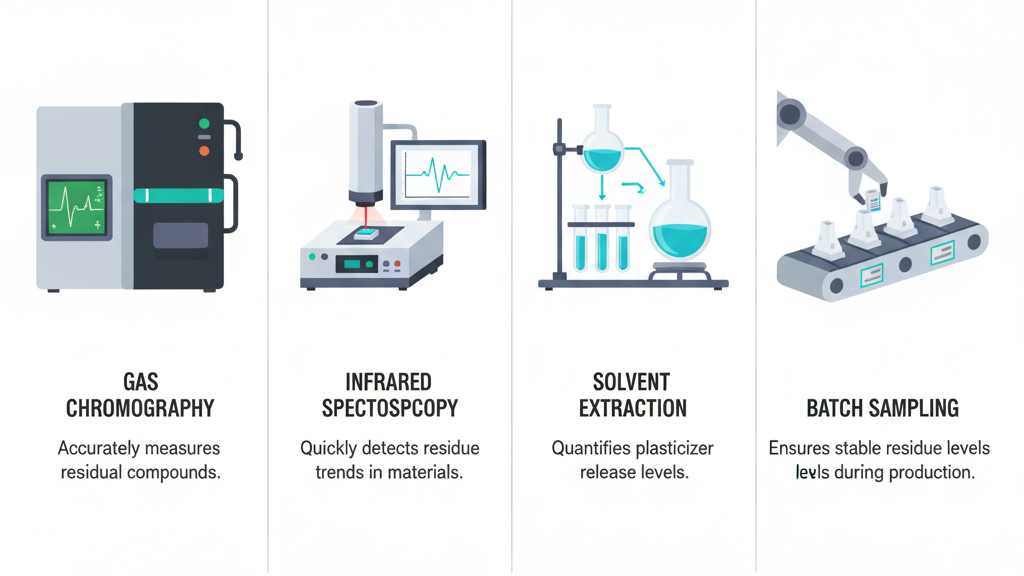
In the injection molding process, the phenomena of "over-drying" and "under-drying" are key factors affecting the final product quality. Proper drying treatment can effectively avoid various defects caused by excessive moisture content in plastic materials, thus improving product consistency and reliability. For different types of plastic materials, both excessive and insufficient drying can negatively affect the molding process, making it crucial to understand the differences between them.
What are the main differences between over-drying and under-drying?

"Over-drying" and "under-drying" mainly reflect in the control of drying time and temperature. Over-drying can destabilize the molecular structure of plastic, affecting the physical properties of the product; while under-drying may leave moisture in the plastic, causing mold fouling or air bubble issues. Comparing these two can help effectively control molding quality.
- Effects of over-drying on plastic: Over-drying breaks down the plastic molecules, making the material brittle.
- Effects of under-drying on molding: Learn about the potential issues of under-drying: Excess moisture affects product appearance.
- How to adjust drying time: Different plastics have varying drying times, which should be set according to material characteristics.
- Proper temperature control: Temperature settings during drying are also key to ensuring quality.
How do over-drying and under-drying affect the final product quality?

Over-drying and under-drying directly affect the strength, surface gloss, and dimensional stability of injection molded parts. By precisely controlling drying parameters, defects and rework rates in the final product can be effectively reduced, which is critical for improving production efficiency and minimizing waste.
- Defects caused by over-drying: For example, surface cracks or deformation of the product.
- Defects caused by under-drying: Understand the impact of under-drying: Excess moisture leads to uneven molding.
- Quality control methods: Choose the most suitable drying process based on different materials.
- Strategies for reducing rework rate: Optimize drying processes to minimize defects.
How can over-drying and under-drying be avoided in production?

To avoid "over-drying" and "under-drying," drying time and temperature must be precisely controlled, and parameters should be adjusted based on the characteristics of different plastics. Strict temperature control and periodic checks can effectively prevent both phenomena, ensuring production stability.
- Measures to avoid over-drying: Precisely monitor drying time to prevent excessive heating.
- Measures to avoid under-drying: Learn how to avoid under-drying: Regularly check moisture content.
- Proper adjustment of drying equipment: Adjust temperature and time according to equipment performance.
- Control drying environment: Maintain temperature stability in the drying area.
Summary of problems
| Drying Degree | Over-Drying | Under-Drying | Ideal State | Impact |
|---|---|---|---|---|
| Moisture Content | Too low | Too high | Moderate | Too low moisture affects molding quality, too high leads to bubbles |
| Temperature Control | Too high | Too low | Moderate | Too high temperature makes plastic brittle, too low fails to remove moisture |
| Molding Quality | Possible cracks, increased brittleness | Surface unevenness, defects | Stable quality, smooth surface | Affects strength and surface gloss |
| Rework Rate | High | High | Low | Increased defects lead to higher rework rates |
Defect avoidance
By understanding the phenomena of "over-drying" and "under-drying," injection molding processes can be effectively optimized to reduce production defects. Controlling drying time and temperature is key to ensuring injection molding quality, helping enterprises improve production efficiency and reduce costs.
1.Effects of over-drying and under-drying: Improper control can significantly reduce molding quality.
2.Optimizing drying process: Precisely control drying time based on material characteristics.
3.Reducing production defects: Minimize surface issues through proper drying processes.
4.Improving production efficiency: Optimize process settings to reduce rework rates.
Conclusion
"Over-drying" and "under-drying" significantly affect the quality of injection molded products. Precisely controlling drying time and temperature, and adjusting the drying process are key to ensuring product quality and production efficiency. These measures enable enterprises to effectively reduce defects and improve product competitiveness in the market.
For expert assistance in implementing for your production needs, visit our resource center or contact us. Let’s help you scale up your manufacturing with precision and efficiency!







